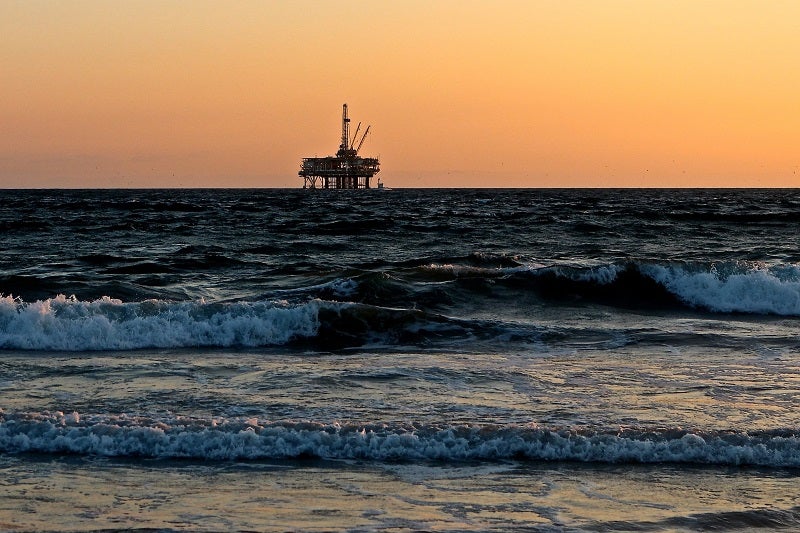
ExxonMobil has reported a net profit of $55.7bn for the full-year 2022, up from $23bn in 2021, benefiting from the surge in oil prices in the wake of Russia’s invasion of Ukraine.
For the year ending 31 December 2022, cash flow from operating activities rose to $76.8bn, from $48.1bn a year ago.

Discover B2B Marketing That Performs
Combine business intelligence and editorial excellence to reach engaged professionals across 36 leading media platforms.
Total revenues and other income during the 12-month period rose to $413.6bn, from $285.64bn in the same period a year ago.
In a press statement, the American energy giant said: “Other factors impacting results were price and margin improvements driven by recovering demand and tight supply, the favourable mark-to-market impact of unsettled derivatives, and volume increases on strong refining throughput and growth of advantaged assets.”
Capital and exploration expenditures for the full-year 2022 stood at $22.7bn while free cash flow was $62.1bn.
The oil major declared a dividend of $0.91 per share for the first quarter of 2023. The firm’s aggregate dividend for 2022 was $14.9bn.

US Tariffs are shifting - will you react or anticipate?
Don’t let policy changes catch you off guard. Stay proactive with real-time data and expert analysis.
By GlobalDataIn 2023-2024, Exxon aims to repurchase shares worth up to $35bn.
In a press statement, the company said: “Net-debt-to-capital ratio improved to about 5%, reflecting 2022 debt retirements of $7.2bn and a period-end cash balance of $29.7bn, further strengthening the balance sheet and providing greater financial flexibility.”
Exxon chairman and CEO Darren Woods said: “While our results clearly benefited from a favourable market, the counter-cyclical investments we made before and during the pandemic provided the energy and products people needed as economies began recovering and supplies became tight. We leaned in when others leaned out.”




